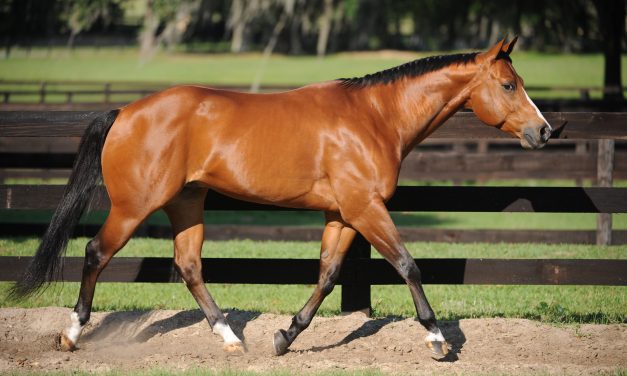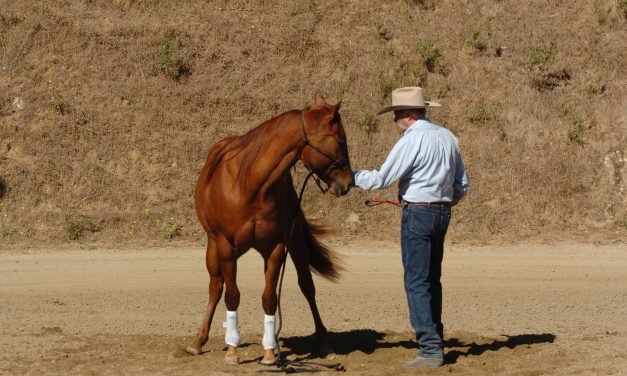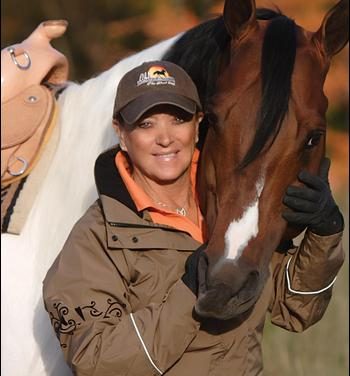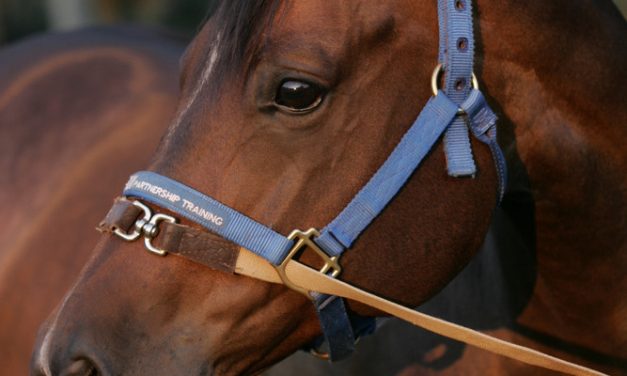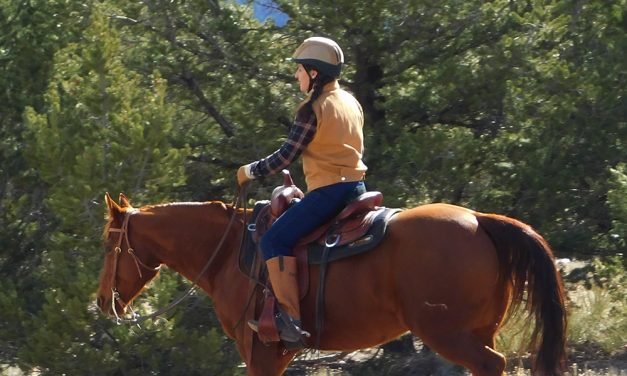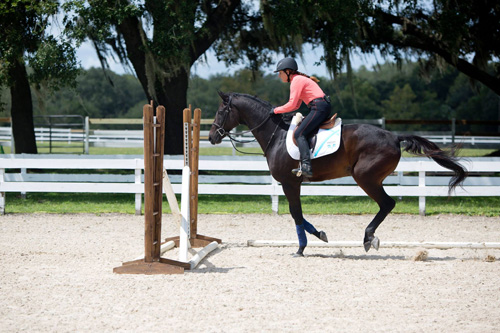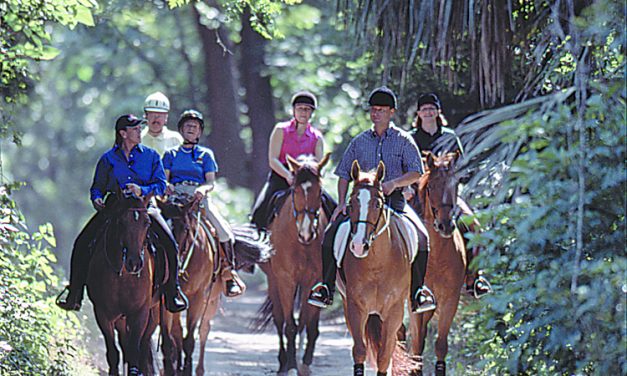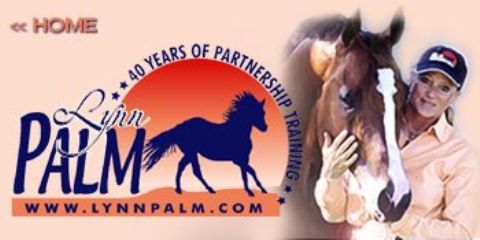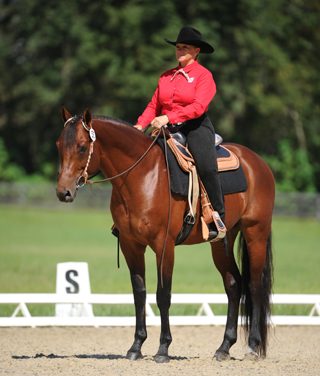Working at Liberty: Changing Directions Alone
Don’t have a helper available to assist you work your horse at liberty? No problem! Here’s a variation of the neat method I gave you to change your horse’s direction when working at liberty in a paddock or arena when you don’t have an assistant. You can still ask the horse to change directions at liberty without “manually” stopping him and turning him around.
Read More
